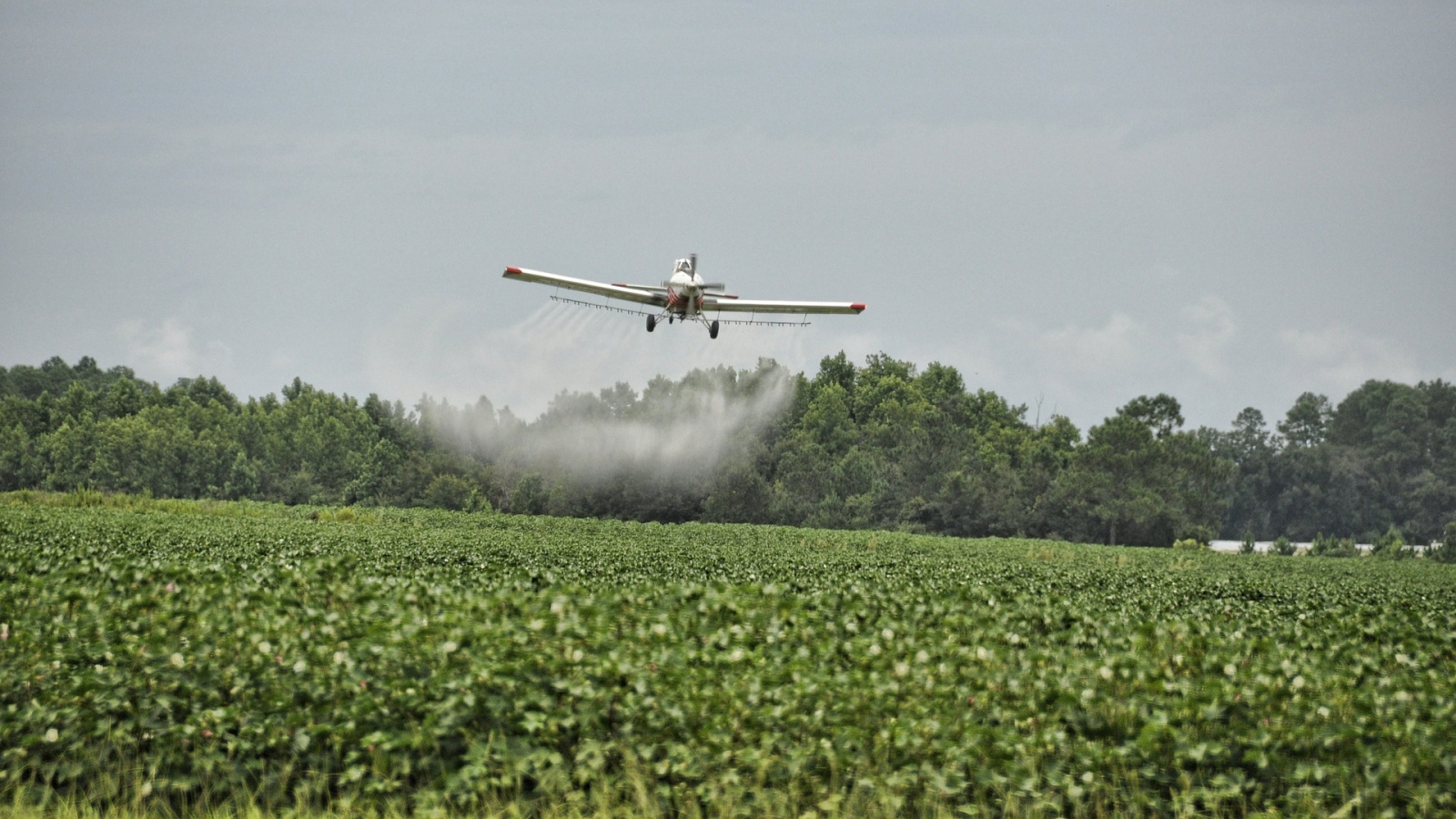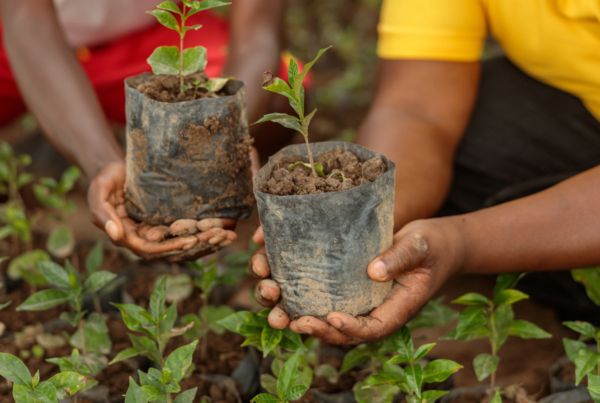Pesticide manufacturers often say that their products are necessary to manage weeds. However, these harmful chemicals damage ecosystems and may have impacts on human health. Pesticide Action Network Europe has released a report which shows that there is already a wide range of tools and knowledge which can replace the wide use of glyphosate with non-chemical alternatives.
What is Glyphosate?
Originally designed to be a pipe cleaner, glyphosate has become the most widely and intensely used herbicide in the history of chemical agriculture. By 2016, 18.9 billion pounds (8.6 billion kilograms) of glyphosate had been used globally
Monsanto started selling Roundup – whose key ingredient is glyphosate – in 1974, but its use by farmers was limited at first because the active ingredient killed both weeds and crops. Glyphosate is unique in that it works on all plant species; no other herbicide is so broad-spectrum.
This means that it can affect other plants, animals, invertebrates (e.g. insects) and micro-organisms may also be exposed to glyphosate-containing herbicides. For instance, insects that fly through the spray zone, animals that eat the glyphosate-treated crops, or plants and animals in field margins or wild habitat areas next to a treated area, where the spray can be blown by the wind. These ‘non-target’ organisms may experience direct toxic effects from the herbicide, or be indirectly affected by changes to ecosystems or food resources[1].
However, starting in 1996, Monsanto and other seed companies began marketing genetically engineered, herbicide-tolerant versions of cotton, corn, and soybeans. This spurred a more frequent and intense use of glyphosate, for example, spraying shortly before harvest time.
Labelled a ‘Probable Carcinogen’ by the WHO
Up to a third of tests done on British bread over the last years have tested positive for glyphosate. There are reports from Germany of glyphosate in the urine of dairy cows and it has also been detected in the air and in water.
Tests have shown glyphosate to be an endocrine disruptor meaning it can disrupt the endocrine system, which regulates, amongst others, our metabolism, growth, and development. Based on the dose, imbalances here can lead to diabetes, hypertension, obesity, kidney disease, and cancer (breast, prostate, liver, brain, thyroid, non-Hodgkin’s lymphoma[2]. In many countries, glyphosate-based herbicides are applied in high doses.
In 2015 the World Health Organization’s cancer agency IARC published a report which announced that glyphosate is a probable human carcinogen. The IARC reached its decision based on the view of 17 experts from 11 countries, who met in Lyon, France, to assess the carcinogenicity of 5 organophosphate pesticides.
Understandably, as glyphosate is the world’s best-selling herbicide, the report caused a huge global response. We launched a campaign calling for the European Commission to propose to member states a ban on glyphosate, and over 1.3 million European citizens signed a petition calling for a ban on glyphosate to protect people and the environment from toxic pesticides.
In Summer 2016, after a long campaign by hundreds of thousands of Europeans, the European Commission was unable to relicense the use of Glyphosate for 15 years but instead had to settle for a 5-year renewal. This was a huge success achieved in the face of intense lobbying by the chemicals industry.
What is a Weed?
What counts as a weed? The decision on which plants are weeds is context-dependent. For instance, an EU farmer may use herbicides to kill other plant species in their crops because they are judged to be weeds. That farmer may then be subsidised to sow many of the same plant species as wildflower strips because those species are considered useful and fulfil beneficial agro-ecological functions such as supporting pollinators and predators of pests.
For example, a 20-year study in Denmark found that 80% out of a total of 200 weed species growing in cultivated fields were too weak to compete with the crops and so affect crop yield (Andreasen et al., 1996). Only 20% of species affected the yield significantly; the other 80% of weeds also have a beneficial role by providing biological diversity and supporting ecosystem services.
This shows that we need to manage non-crop plants more intelligently. Rather than a zero-tolerance, low biodiversity approach, we need to strike a balance between limiting damaging weeds in order to maintain yields, while allowing non-crop plants to support the ecosystem.
Weed Management without Herbicides
Weed management is an ongoing challenge. PAN’s report shows that the knowledge and tools to replace widespread herbicide use are already available.
The core of sustainable weed management is to integrate a wide range of different methods to manage weeds, each one adapted to the type of weed and type of crop and usually applied in combination, at specific times during the life cycle of the crop. These different techniques form a toolkit of “many little hammers” to manage weeds, rather than relying on a “chemical wrecking ball”.
Together these tools can achieve optimum weed management and healthy, quality crops with good yields. The practices of weed management can be divided into four parts:
1. Agroecological practices
The foundation of the weed management pyramid is preventative measures, typically system or whole farm techniques such as rotations, including those that mix arable cropping and livestock phases. Good hygiene practices, for example, ensuring that harvesting equipment does not move weed seeds from one field or farm to another.
2. Monitoring
Farmers walk through their fields to observe which weeds are present and to assess their potential value or harm. Then using their knowledge of weeds they can decide if any weed management actions are required. These decisions can be supported by tools such as modelling and forecasting, and by good record keeping by the producer, so they know how weeds are changing over time on their farms.
3. Physical control
Building on a base of sound information, the producer can decide what physical weed management interventions are required.
4. Biological control
As above, the farmer can decide which biological weed-control measures are needed.
Find Out More
The report contains much more detailed information on these techniques for weed management. This makes it essential reading for anyone thinking about moving away from using glyphosate but is unsure of how to effectively manage weeds without it.







